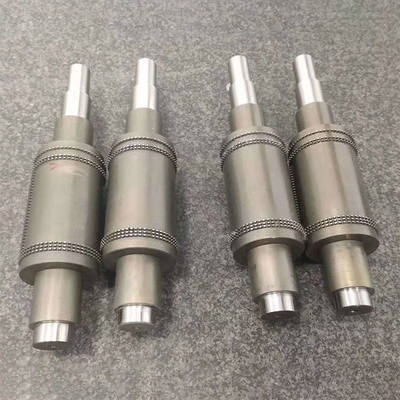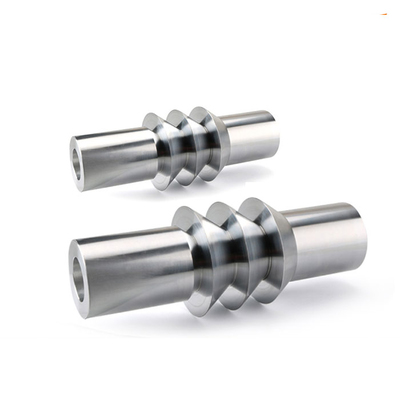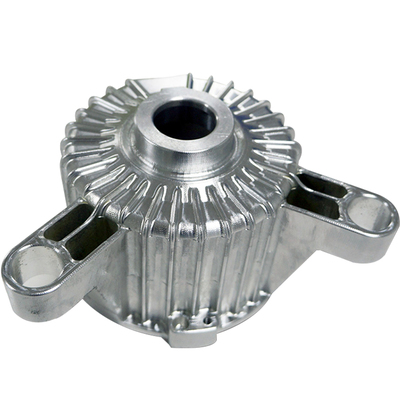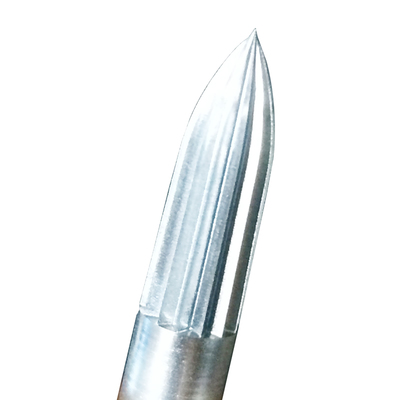What Is Investment Casting
The investment casting process refers to the use of wax to make a model, wrap a layer of refractory materials such as clay on the surface, heat the wax to melt and flow out, thereby obtaining an empty shell formed by the refractory material, and then melt the metal and pour it into the empty shell. After the metal is cooled, the refractory material is crushed to obtain a metal mold. This metal processing process is called precision casting, also known as investment casting or lost wax casting.
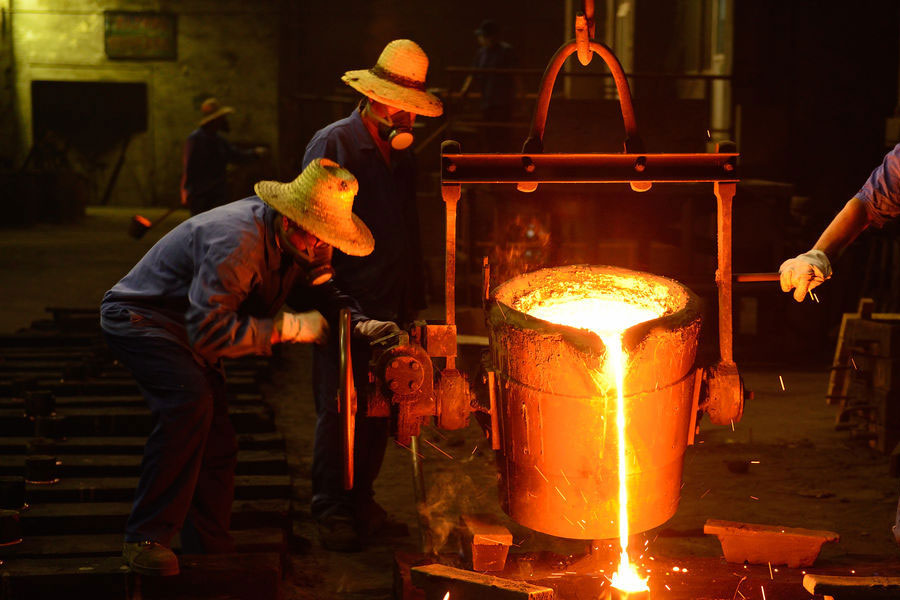
Advantages and disadvantages of investment casting process
Precision casting is also called investment casting. Compared with other casting methods and parts forming methods, investment casting has the following advantages:- 1. The casting has high dimensional accuracy and fine surface roughness. The dimensional accuracy of the casting can reach 4-6, and the surface roughness can reach 0.4-3.2μm, which can greatly reduce the machining allowance of the casting and realize no-surplus manufacturing. reduce manufacturing cost.
- 2. Castings with complex shapes and difficult to be processed by other methods can be cast. The outline size of the castings can be as small as a few millimeters to thousands of millimeters, the thickness of the thinnest is 0.5mm, and the smallest hole diameter is less than 1.0mm.
- 3. Unrestricted alloy materials: such as carbon steel, stainless steel, alloy steel, copper alloy, aluminum alloy, high temperature alloy, titanium alloy and precious metals, etc., all materials can be produced by precision casting. For alloy materials that are difficult to forge, weld and cut, more It is especially suitable for production by precision casting.
- 4. High production flexibility and strong adaptability. It can be used for mass production as well as small batch or even single piece production.
- In summary, precision casting has the advantages of small investment scale, large production capacity, low production cost, simplification of complex product technology, and quick investment returns. So it is in an advantageous position in the competition with other processes and production methods.
- However, the following defects are prone to occur in the process of wax mold making
- 1. The wax mold is deformed. After the wax mold is taken out of the mold, in addition to the shrinkage and change in size, sometimes it will be artificially deformed due to the incorrect method when it is taken out; because the flexural deformation of the wax mold is common during cooling, so The wax mold that has just been taken out of the profiling should still be placed carefully. It is usually placed flat on a larger plane. In addition, it may also be caused by factors such as too soft wax and unreasonable profiling design.
- 2. The wax mold filling is dissatisfied. The main reason is that the temperature of the wax material is too low, the injection speed is slow, and the molding temperature is low, which causes the wax material to cool quickly during the flow process, which is manifested in the corners and edges of the wax mold. The wall is dissatisfied, and the corners and corners are rounded. This situation is very similar to the insufficient pouring of metal castings.
- 3. The surface of the wax mold is wrinkled. Because the temperature of the wax material is too low, the rate of fire is too low, the movement of the wax material and the molding temperature are not properly matched; or the inner surface of the molding is damaged or unclean; the chilled metal block is not placed properly, etc., Leave traces of movement on the surface of the wax model. Deeper lines, similar to the cold barrier defects of metal castings; there are also joints around the core and holes, and sometimes the joints are visible, which are slightly recessed. In fact, the meeting point of the two wax flows fails to fuse well. It is the result of insufficient temperature and insufficient pressure of the wax material.
- 4. The surface depression of the wax mold is mainly caused by insufficient injection pressure and time, or high wax temperature and insufficient cooling time, sometimes caused by too much release agent. The surface depression involves a large area, which is difficult to repair and easy to cause. Scrap.
- 5. There are drape seams in the wax mold. This is the most common defect, that is, there is a thin wax sheet at the junction of the compression molding, the connection of the compression combination block, the connection between the core and the core seat, etc. out. The main reason is that the molding precision is not enough, the molding parting surface or the joint surface of the internal parts is damaged or adhered to dirt, or the molding force is not enough, and the injection pressure is too high. Or the temperature of the wax is too high. The hair wing must be completely removed before the wax mold can be used.
- 6. The wax mold adheres to the pressing, which is caused by no release agent, or the temperature of the wax and the pressing is too high, or the inner surface of the pressing is not clean enough.
- 7. The surface of the wax mold is rough, and the contact density of the wax material and the inner surface of the pressure mold is not enough due to the low injection pressure or the low injection speed, and wrinkles will appear in serious cases.
- 8. There are bubbles in the wax mold. One is the surface bubbles visible with the naked eye, and the other is the bubbles inside the wax mold. They are usually large and cannot be seen with the naked eye, but they can be found by the local bulging of the wax mold. This is caused by gas expansion in the wax mold.
Key points of investment casting process
- 1. Do not spray too much parting agent on the mold cavity.
- 2. After the cycle parameters of the pressing and melting (wax) mold are established, do not change them easily.
- 3. The wax molds are placed in the storage tray, and they should be separated from each other to avoid damage. Fixtures can be used when necessary to avoid deformation of the wax mold.
- 4. Be careful not to damage the shape during the correction process.
- Application range of investment casting process
Precision casting is used in almost all industrial sectors, especially electronics, petroleum, chemical, energy, transportation, light industry, textiles, pharmaceuticals, medical equipment, pumps and valves.
Link to this article: What Is Investment Casting
Reprint Statement: If there are no special instructions, all articles on this site are original. Please indicate the source for reprinting:https://www.cncmachiningptj.com/,thanks!
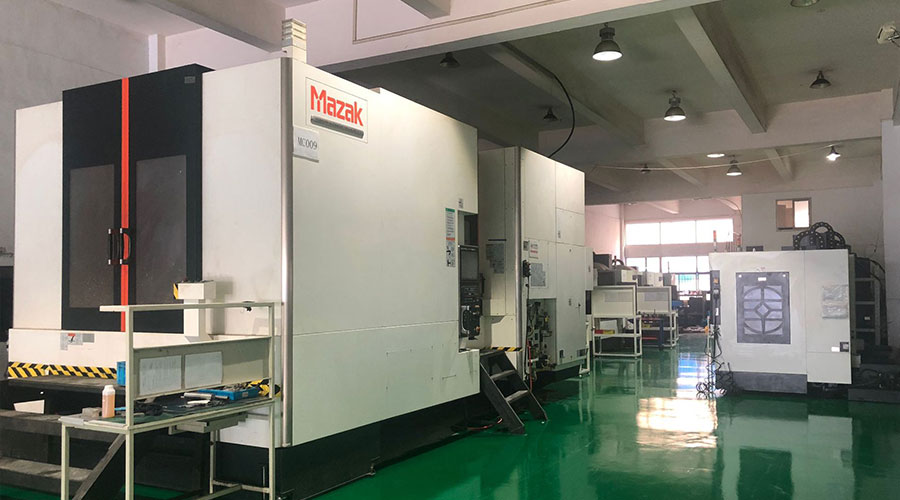 3, 4 and 5-axis precision CNC machining services for aluminum machining, beryllium, carbon steel, magnesium, titanium machining, Inconel, platinum, superalloy, acetal, polycarbonate, fiberglass, graphite and wood. Capable of machining parts up to 98 in. turning dia. and +/-0.001 in. straightness tolerance. Processes include milling, turning, drilling, boring, threading, tapping, forming, knurling, counterboring, countersinking, reaming and laser cutting. Secondary services such as assembly, centerless grinding, heat treating, plating and welding. Prototype and low to high volume production offered with maximum 50,000 units. Suitable for fluid power, pneumatics, hydraulics and valve applications. Serves the aerospace, aircraft, military, medical and defense industries.PTJ will strategize with you to provide the most cost-effective services to help you reach your target,Welcome to Contact us ( [email protected] ) directly for your new project.
3, 4 and 5-axis precision CNC machining services for aluminum machining, beryllium, carbon steel, magnesium, titanium machining, Inconel, platinum, superalloy, acetal, polycarbonate, fiberglass, graphite and wood. Capable of machining parts up to 98 in. turning dia. and +/-0.001 in. straightness tolerance. Processes include milling, turning, drilling, boring, threading, tapping, forming, knurling, counterboring, countersinking, reaming and laser cutting. Secondary services such as assembly, centerless grinding, heat treating, plating and welding. Prototype and low to high volume production offered with maximum 50,000 units. Suitable for fluid power, pneumatics, hydraulics and valve applications. Serves the aerospace, aircraft, military, medical and defense industries.PTJ will strategize with you to provide the most cost-effective services to help you reach your target,Welcome to Contact us ( [email protected] ) directly for your new project.
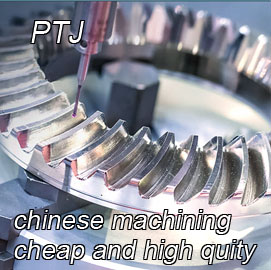
- 5 Axis Machining
- Cnc Milling
- Cnc Turning
- Machining Industries
- Machining Process
- Surface Treatment
- Metal Machining
- Plastic Machining
- Powder Metallurgy Mold
- Die Casting
- Parts Gallery
- Auto Metal Parts
- Machinery Parts
- LED Heatsink
- Building Parts
- Mobile Parts
- Medical Parts
- Electronic Parts
- Tailored Machining
- Bicycle Parts
- Aluminum Machining
- Titanium Machining
- Stainless Steel Machining
- Copper Machining
- Brass Machining
- Super Alloy Machining
- Peek Machining
- UHMW Machining
- Unilate Machining
- PA6 Machining
- PPS Machining
- Teflon Machining
- Inconel Machining
- Tool Steel Machining
- More Material

